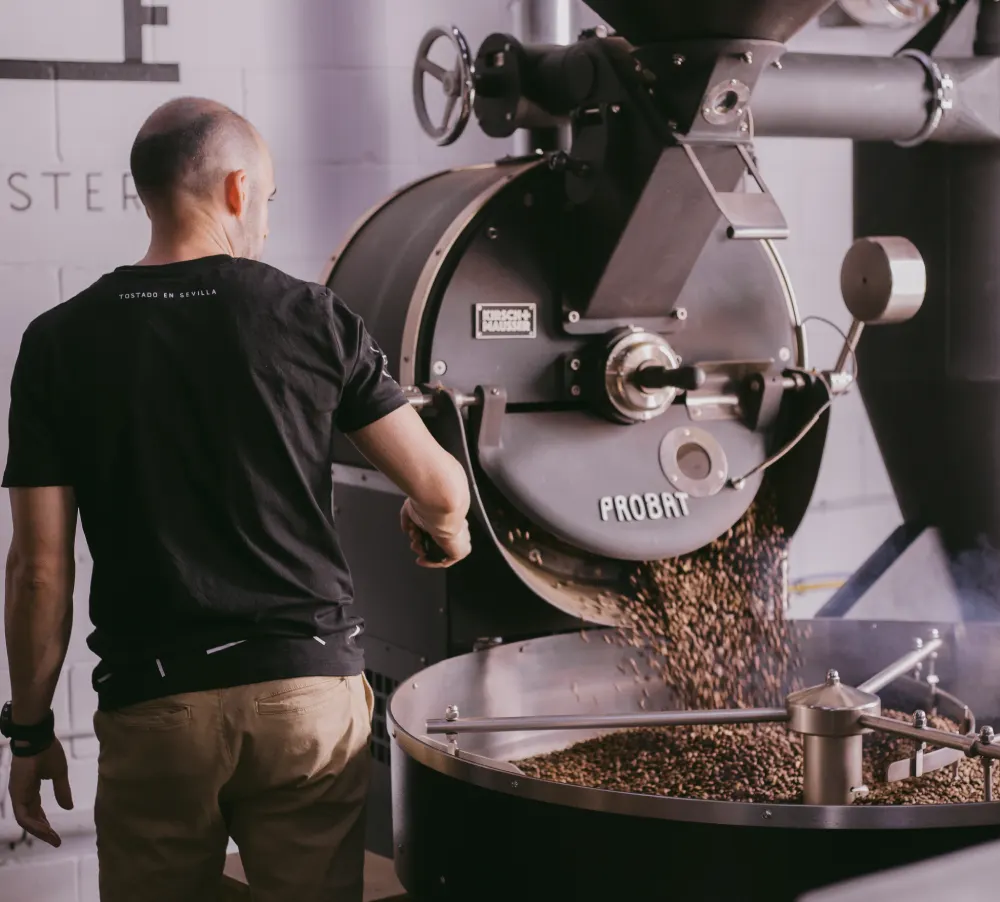
The majesty of the Sagrada Familia in Barcelona is known worldwide. However, few know that just an hour’s drive from the Catalan capital, there is a surprising and relatively unknown replica.
Located in Montferri, Tarragona, this sanctuary has gradually gained notoriety thanks to its presence on websites and social networks. This secret corner is called Santuari de la Mare de Déu de Montserrat and its history and architecture are worthy of admiration.
The design of this “other” Sagrada Familia is the work of Josep María Jujol, a disciple of Antoni Gaudí. Their relationship began in 1904, when Jujol was studying architecture. He began as Gaudí’s assistant and eventually became his collaborator, developing a relationship of mutual influence.
Construction began around 1925, but was halted in 1931 due to economic problems and the Spanish Civil War. It was not until 1987 that work was resumed under the direction of architect Joan Bassegoda.
Construction was finally completed in 1999, after an eventful period that earned it the nickname “The Other Sagrada Familia”.
Both shared a deep interest in handcrafted detail, a characteristic feature of Gaudí’s architectural style. It is said that both architects also shared a sensitivity for nature.
The “Other” Sagrada Familia: an unknown treasure in Tarragona
The Santuari de la Mare de Déu de Montserrat is a masterpiece of modernism, with thirty-three domes that mimic the shapes of the mountain of Montserrat. It also has forty-two pillars that support a roof that seems to float in the air.
The main objective of this construction was to maintain a direct connection between the hermitage and the earth, and to achieve this, natural elements of the environment were used to decorate the walls of the church, such as the rounded rocks of the mountains of Montserrat.
This modernist jewel dedicated to the Mare de Déu de Montserrat, captivates those who visit it, especially among the vineyards of Alt Camp Tarragona.
This cultural and artistic treasure is located on a 400-meter mound facing Montserrat, the Santuari de la Mare de Déu de Montserrat is supported by parabolic arches, a typical feature of Catalan modernism.
A shrine of devotion and gratitude
At the end of the 19th century, the inhabitants of Montferri and the nearby villages used to make a pilgrimage to the Monastery of Montserrat, especially in October, after the grape harvest, to thank the Mare de Déu de Montserrat for the harvest.
However, decades later, the Jesuit Daniel Maria Vives decided to build a sanctuary closer to Montserrat to avoid the neighbors having to travel long distances and to encourage devotion to the Moreneta, an invocation of the Virgin Mary venerated in Montserrat.



